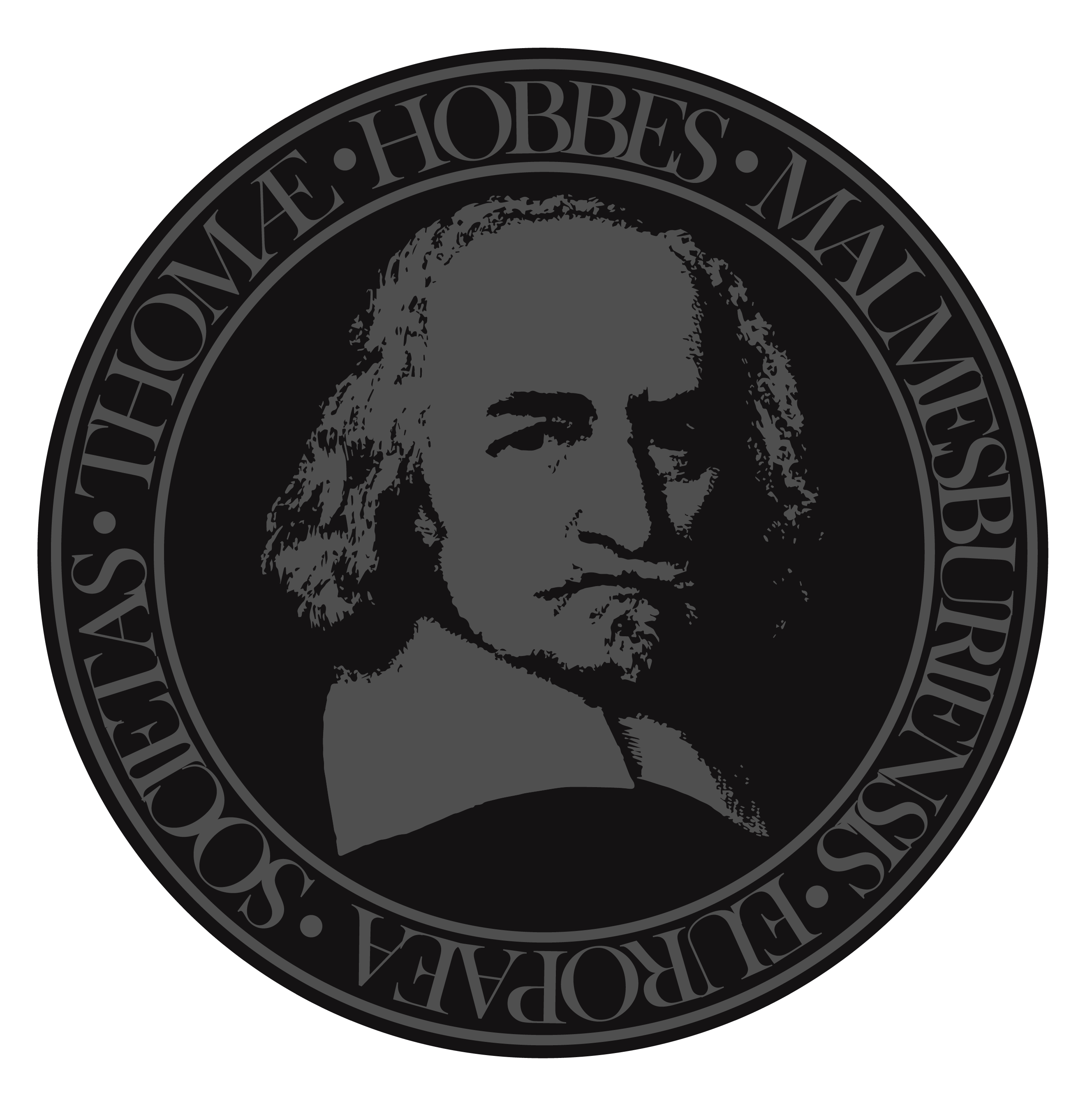Article: Springs, Nitre, and Conatus: The Role of the Heart in Hobbes’s Physiology and Animal Locomotion
Rodolfo Garau: ‘Springs, Nitre, and Conatus. The Role of the Heart in Hobbes’s Physiology and Animal Locomotion’, British Journal for the History of Philosophy, Published online January 2016
Abstract: This paper focuses on an understudied aspect of Hobbes’s natural philosophy: his approach to the domain of life. I concentrate on the role assigned by Hobbes to the heart, which occupies a central role in both his account of human physiology (which he names ‘vital motion’) and of the origin of animal locomotion (‘animal or voluntary motion’). With this, I have three goals in mind. First, I aim to offer a cross-section of Hobbes’s effort to provide a mechanistic picture of human life. Second, I aim to contextualize Hobbes’s views in the seventeenth-century debates on human physiology and animal locomotion. In particular, I will compare Hobbes’s views with the theories put forth by Harvey, Descartes, the Galenic, and Peripatetic traditions. Also, I will show that Hobbes was receptive to advances within contemporary English physiology and chemistry. Third, by means of a comparison with Descartes, I advance some hypothesis to explain why Hobbes indentified the heart, and not the brain (as was increasingly common in his day), as the organ originating animal locomotion. In this regard, I trace out some possible implications of Hobbes’s views on human physiology and locomotion for his psychology and political philosophy.





